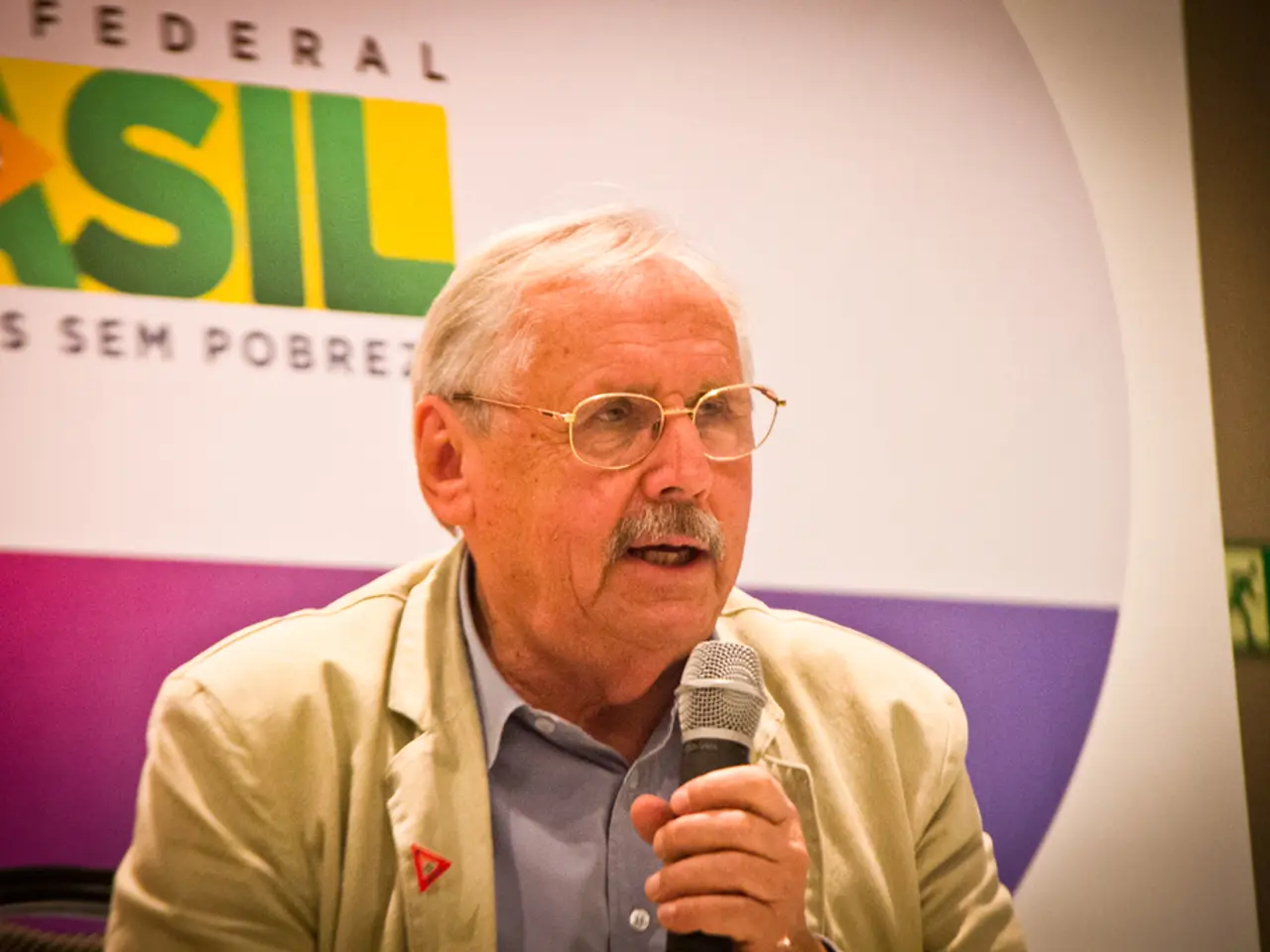Guiding the Shift towards Community-Driven Energy Solutions
Community energy projects are playing a crucial role in engaging and motivating marginalized groups with limited disposable income in London. These initiatives, led by dedicated individuals like Eva Goudouneix, are making a significant impact by adopting inclusive, locally-driven approaches that reduce financial barriers and ensure meaningful participation.
Eva coordinates seven community energy (CE) co-ops across the city, engaging community members at markets, fairs, neighborhood meetings, tenant residence associations, festivals, and community events. Her work is focused on engaging people as investors, directors, or volunteers in CE projects.
One of the key strategies for these projects is to initiate or receive strong support from local governments and community organizations. This helps build trust and relevance, allowing for the design of inclusive financing models and clearer governance roles that encourage marginalized groups to participate as owners or stakeholders, not just consumers.
To overcome limited disposable income barriers, community-based projects offer subsidized or tiered financing, grants, or pay-as-you-save mechanisms. By doing so, they make it possible for marginalized populations to join without upfront costs or financial risks. Community-led projects that share profits or savings directly with participants create tangible economic benefits, increasing motivation to engage.
Simplifying application processes, reducing bureaucratic hurdles, and tailoring regulatory frameworks to community-scale projects facilitate easier access for small-scale or low-income participants. Culturally relevant outreach and education also play a significant role in improving awareness of the benefits of renewable energy among marginalized communities.
Empowerment and inclusive governance are essential for these projects. Ensuring marginalized groups have representation in project governance and decision-making fosters ownership and tailored outcomes that match their needs. Policies and initiatives should explicitly recognize and include marginalized voices, avoiding top-down approaches that exclude these groups.
Co-benefits for health and livelihoods are another crucial aspect. Highlighting improvements beyond energy savings, such as improved indoor air quality, health benefits, and reduced labor intensity, can motivate engagement by demonstrating immediate, tangible quality-of-life improvements, especially for low-income households and women.
Collaboration across sectors is also key to the success of community energy projects. Coordinated efforts between public agencies, non-profits, private sector, and community groups build innovative solutions that better serve marginalized communities and bridge gaps between policy and practice.
In sum, community energy projects in London are making a tangible difference by offering financial inclusivity, simplified access, culturally sensitive education, empowered governance, and clear health and economic benefits delivered through locally led and collaborative models. These initiatives are not just about decarbonisation, but about leveling equity and providing social benefits for all.
For those interested in community energy projects, there are numerous organizations to look for existing projects, such as Community Energy England, Energy Scotland, Community Energy London, Local Energy Scotland, Community Power, Repowermap (Germany), Community Power Agency (Australia), Institute for Local Self-Reliance (America), Sustainable Energy Authority of Ireland, and Indigenous Clean Energy (Canada). Volunteers are the cornerstone of these projects, and their role is essential for project managers to appreciate.
Remember, community energy projects are often run by volunteers, and it might take some time to get a response. The fact that solar panels or wind generators are pre-paid by the community can sometimes be perceived as too good to be true, requiring follow-up with human contact to prevent dismissal as spam.
Protecting the public purse is an important consideration when proposing a CE project to property owners. Leveraging the fact that Community Benefit Societies like Eva's do the hard technical work can help in convincing property owners to allow the project to proceed. Community sites and schools are under pressure to take steps to address energy and climate change, making community energy an opportunity to meet climate protection targets.
In conclusion, a successful community energy transition involves public engagement, focusing on social and environmental benefits, and ensuring stakeholders are aware of their role and are sufficiently supported. Community energy projects are more than just a means to generate energy; they offer the opportunity for individuals and communities to take control of their energy future, reducing reliance on traditional energy suppliers and creating a more sustainable and equitable energy landscape.
- In London, community energy (CE) projects are leveraging renewable energy to bridge equity gaps, offering financial inclusivity through subsidized or tiered financing, grants, or pay-as-you-save mechanisms to marginalized groups.
- To garner support and ensure sustainability, community energy initiatives are adopting collaboration across sectors, including public agencies, non-profits, the private sector, and community groups, fostering innovation and bridging policy-practice gaps.
- The success of community energy projects in London relies on empowered governance, with marginalized groups represented in project decision-making, fostering ownership and tailored outcomes that cater to their needs, and cooperative efforts that focus on health, environmental, and financial benefits.




